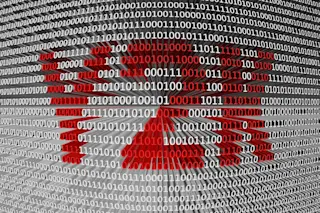At the federal supermaximum-security penitentiary in Florence, Colorado, Theodore Kaczynski, the infamous Unabomber, sits alone in his cell 23 hours a day. For one hour a day, he is allowed to exercise in a private yard. At this prison, lockdown is a way of life, not a temporary security measure. Meals are delivered to the inmates on carts, each one passed through a slot in a cell door. The only humans they see with any regularity are corrections officers.
Two decades ago, only a handful of the most feared criminals experienced such isolation. Today 42 states have similar supermaximum prisons, bristling with systems to reduce staff expenses and minimize opportunities for violence. New "SuperMax" facilities are still under construction across the nation, but prison officials are pushing to allow more human contact among inmates. And new technology is beginning to make such change possible.
"If you put inmates into prisons ...














